|
The lens was created in 1995 and was the first lens with a speedy focusing motor – the USM. Only a few years later did its IS version show in the market with the built-in Image Stabilizer. Canon has three 70-200 lenses – one with a constant F/4 aperture, which has a relatively cheap price and an excellent quality, a tempting combination for anyone who desires a tele-zoom lens and does not want or cannot spend a large sum of money. The second one is the lens presented here, and the third is the lens with the IS, which I hope I’ll get the chance to test sometime. The optical formula of the three lenses is slightly different. And Canon, unlike Nikon, structured a fine hierarchy of three good lenses – together with the slogan – buy what you can afford. The Nikon line currently has one similar lens without a stabilizer: the ED80-200. Nikon removed its AFS version from the market and presented the VR AFS 70-200 instead. Although Nikon’s 80-200 lens has high-quality optics, it does not include a fast focusing motor and thus cannot be compared to either the Canon USM lenses nor the Nikon AFS. It has the advantage of price versus quality. The following table compares the two Canon 2.8 lenses and the Nikon 70-200 lens: The lenses appear to have quite a few similar parameters. The optical structure of all three is complicated, and the number of elements is large. The major differences are the number of ED/UD elements – the Nikon lens has an additional one, and its aperture structure is more accurate – it has more leaves and is completely curved. Later on we will see that this fact does not affect the quality of the bokeh that the Canon USM 70-200 can produce. Canon’s lenses enable closing an additional stop (32 instead of 22) but I am not sure there is an advantage here, especially at the wider side of the lens. Closing an aperture completely, even to 22, affects the sharpness due to the effect of diffraction. Now we will get on to the practical tests. When holding it, this lens feels slightly lighter than the equivalent Nikon. But still it is quite a heavy lens. The speed of focusing is phenomenal. Pressing half the way and it is immediately focused (here I would like to add that one shot came out bad and the second one, taken a second later, came out right – we shall see that later). It produces sharp pictures even when the lens is wide open – even in the 200mm state. When closing to aperture 4, it reaches the peek of its sharpness, at least visually. In the 70mm state, it is extremely sharp, even with a wide-open aperture. Its sharpness when the aperture is open is very good in the short range as well as the long range, as the examples show. In the 200mm state, with an open aperture, it has some vignetting – a darkening of the edges, which lessens when closing the aperture to 4 and vanishes completely in aperture 5.6. This does not get in the way of daily use, and appears only when shooting a uniform surface such as a wall or the sky – which are unlikely subjects. The lens has slight CA, which appears only when overexposing. This problem is not visible during normal exposure. One can be sure that this lens is CA free for all practical purposes. This is not a simple thing to accomplish with long lenses, but thanks to the UD elements, which focus all colors to the same location, there is no CA. The lens is free of space distortion, at least according to the tests I performed. It has neither barrel or pincushion visible distortions, nor coma distortions. As previously stated, its main characteristics are speedy focusing and excellent sharpness. This lens has an unpleasant flare once the sun is captured in the frame just as the similar Nikon lens, which failed the same test.
One should be cautious of the sun, very bright light spots at night and plenty of back light with this lens. This lens has a good microcontrast – even against a back light, but when the aperture is wide open, you can find some low contrast in the picture, especially at the tele state. The sharpness does not diminish, but the contrast does. A minor touchup with Photoshop fixes the problem, or alternatively closing the aperture to 4. I cannot understand how on the one hand it maintains excellent sharpness with an open aperture, over good microcontrast – even against back light – and on the other hand presents a relatively low contrast when the aperture is wide open. When comparing to the corresponding Nikon lens, we can see that Nikon keeps the good contrast at any aperture state – even in the wide-open state. Upon closing, of course, its Bokeh is excellent, and although it does not have 9 curved leaves, to look at it is very pleasant. This makes it a very good portrait lens on its wide side. It produces rich and pleasant colors even in poor lighting conditions. Due to its short-range photographic capabilities, one can almost shoot “macro” with it, and by using extending rings, one can reach 1:1. Its short-range sharpness is superb. This is how the lens looks: Its colors are rich and pleasant: Its Bokeh is delightful and soft:  | | Model: Canon EOS 20D Exposure Time: 1/250sec F Number: 2.8 Focal Length: 200mm Exposure Program: Aperture priority Exposure Bias Value: 0 ISO Speed Ratings: 100 Metering Mode: Partial White Balance: Auto white balance Flash: Flash did not fire, compulsory flash mode Date Taken: 2006:01:21 12:07:02 Color Space: 65535 |
Its CA appears only at overexposure. The same frame at the correct exposure showed no CA: 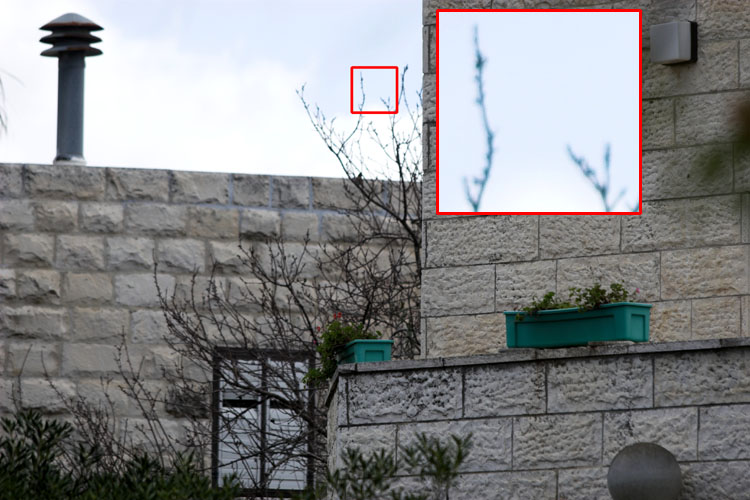 | | Model: Canon EOS 20D Exposure Time: 1/800sec F Number: 4 Focal Length: 200mm Exposure Program: Aperture priority Exposure Bias Value: 0 ISO Speed Ratings: 100 Metering Mode: Partial White Balance: Auto white balance Flash: Flash did not fire, compulsory flash mode Date Taken: 2006:01:21 12:08:28 Color Space: 65535 |
When the sun is in the frame, the flare is really unpleasant to look at. The Nikon has the same disease, with a variation. There the flare has a single red or green circle and not a wide rainbow of colors. But it is unpleasant to look at too:  | | Model: Canon EOS 20D Exposure Time: 1/8000sec F Number: 2.8 Focal Length: 70mm Exposure Program: Aperture priority Exposure Bias Value: 0 ISO Speed Ratings: 100 Metering Mode: Partial White Balance: Auto white balance Flash: Flash did not fire, compulsory flash mode Date Taken: 2006:01:21 12:09:10 Color Space: 65535 |
The running away of the focus here raises an interesting question. The pole on the left is focused, and so is the bud on the right. But the rose in the center did not come out sharp. And this cannot be a result of movement due to the speed of shooting: 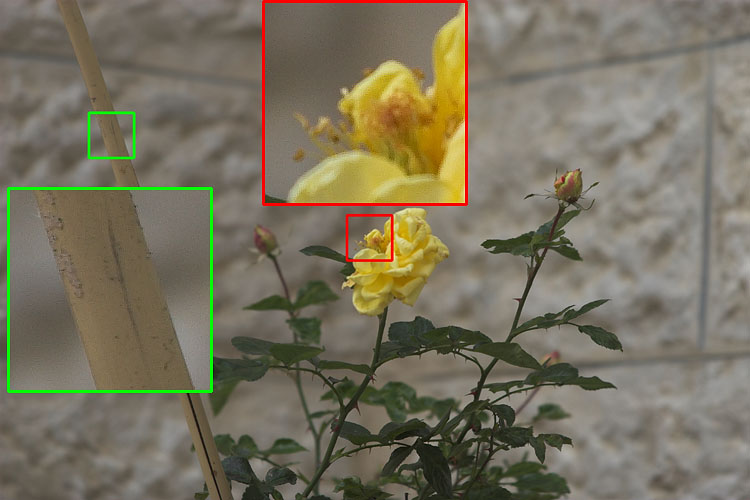 | | Model: Canon EOS 20D Exposure Time: 1/500sec F Number: 4 Focal Length: 200mm Exposure Program: Aperture priority Exposure Bias Value: 0 ISO Speed Ratings: 100 Metering Mode: Partial White Balance: Auto white balance Flash: Flash did not fire, compulsory flash mode Date Taken: 2006:01:21 12:07:50 Color Space: 65535 |
In a picture taken only 1 second later (I always shoot in pairs) – everything came out sharp:  | | Model: Canon EOS 20D Exposure Time: 1/500sec F Number: 4 Focal Length: 200mm Exposure Program: Aperture priority Exposure Bias Value: 0 ISO Speed Ratings: 100 Metering Mode: Partial White Balance: Auto white balance Flash: Flash did not fire, compulsory flash mode Date Taken: 2006:01:21 12:07:51 Color Space: 65535 |
It seems as if the focal point had slightly moved in the second picture and included all the elements in the deep field range. In the next picture we can see the low contrast appearance of the lens in 200mm with a wide-open aperture. All the same, sharpness is maintained:  | | Model: Canon EOS 20D Exposure Time: 1/640sec F Number: 2.8 Focal Length: 200mm Exposure Program: Aperture priority Exposure Bias Value: 0 ISO Speed Ratings: 100 Metering Mode: Partial White Balance: Auto white balance Flash: Flash did not fire, compulsory flash mode Date Taken: 2006:01:21 12:06:56 Color Space: 65535 |
A brief levels treatment did wonders to the contrast:  | | Model: Canon EOS 20D Exposure Time: 1/640sec F Number: 2.8 Focal Length: 200mm Exposure Program: Aperture priority Exposure Bias Value: 0 ISO Speed Ratings: 100 Metering Mode: Partial White Balance: Auto white balance Flash: Flash did not fire, compulsory flash mode Date Taken: 2006:01:21 12:06:56 Color Space: 65535 |
The contrast improved itself with aperture 4, and the sharpness achieved is excellent: 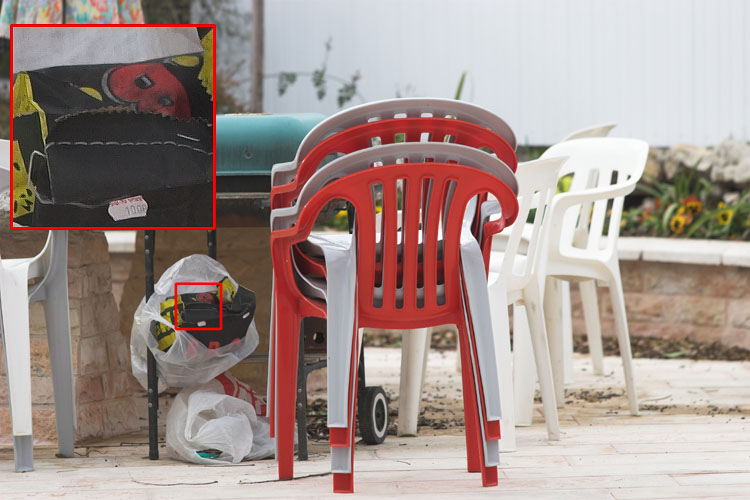 | | Model: Canon EOS 20D Exposure Time: 1/320sec F Number: 4 Focal Length: 200mm Exposure Program: Aperture priority Exposure Bias Value: 0 ISO Speed Ratings: 100 Metering Mode: Partial White Balance: Auto white balance Flash: Flash did not fire, compulsory flash mode Date Taken: 2006:01:21 12:07:38 Color Space: 65535 |
Long distance shooting with aperture 2.8 gave the same results – excellent sharpness with lessened contrast:  | | Model: Canon EOS 20D Exposure Time: 1/2000sec F Number: 2.8 Focal Length: 195mm Exposure Program: Aperture priority Exposure Bias Value: 0 ISO Speed Ratings: 100 Metering Mode: Partial White Balance: Auto white balance Flash: Flash did not fire, compulsory flash mode Date Taken: 2006:01:21 12:08:56 Color Space: 65535 |
When the lens is in the 70mm position with a wide-open lens – the sharpness and contrast are excellent:  | | Model: Canon EOS 20D Exposure Time: 1/125sec F Number: 2.8 Focal Length: 70mm Exposure Program: Aperture priority Exposure Bias Value: 0 ISO Speed Ratings: 100 Metering Mode: Partial White Balance: Auto white balance Flash: Flash did not fire, compulsory flash mode Date Taken: 2006:01:21 12:09:26 Color Space: 65535 |
The lens maintains good microcontrast even against a back light with a wide open lens: 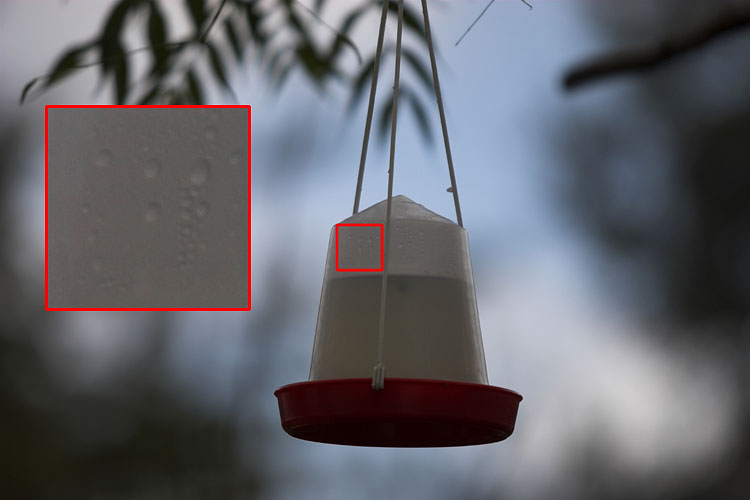 | | Model: Canon EOS 20D Exposure Time: 1/2000sec F Number: 2.8 Focal Length: 200mm Exposure Program: Aperture priority Exposure Bias Value: 0 ISO Speed Ratings: 100 Metering Mode: Partial White Balance: Auto white balance Flash: Flash did not fire, compulsory flash mode Date Taken: 2006:01:21 12:07:20 Color Space: 65535 |
And finally closing the aperture to 4 and shooting close range produces a sharp picture with good contrast, a wonderful bokeh and very good detailing: 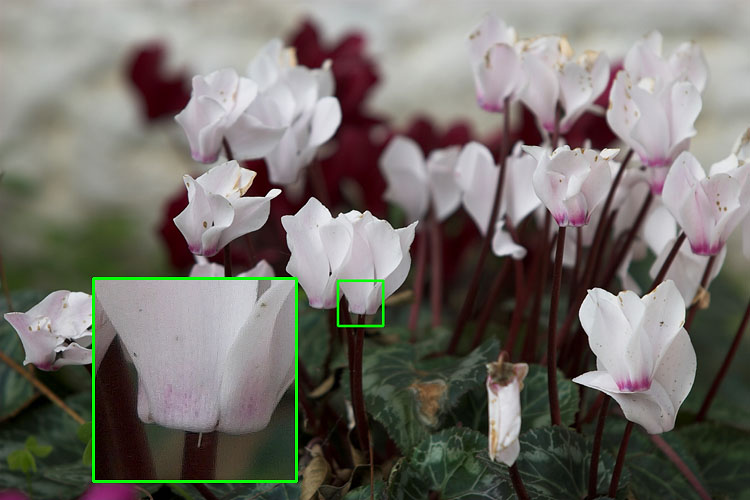 | | Model: Canon EOS 20D Exposure Time: 1/320sec F Number: 4 Focal Length: 200mm Exposure Program: Aperture priority Exposure Bias Value: 0 ISO Speed Ratings: 100 Metering Mode: Partial White Balance: Auto white balance Flash: Flash did not fire, compulsory flash mode Date Taken: 2006:01:21 12:08:04 Color Space: 65535 |
And for comparison, 2 pictures taken with the parallel Nikon lens in 200mm with a wide open lens. The general contrast is slightly better and the sharpness is excellent, just like the Canon lens:  | | Model: NIKON D100 Exposure Time: 1/1000sec F Number: 2.8 Max Aperture Value: 3 Focal Length: 200mm Exposure Program: Aperture priority Exposure Bias Value: 0 Metering Mode: Center Weighted Average White Balance: Manual white balance Flash: Flash did not fire Focal Length In 35mm Film: 300 Date Taken: 2004:10:06 10:30:22 Color Space: 65535 |
In the second shot note the spider webs: 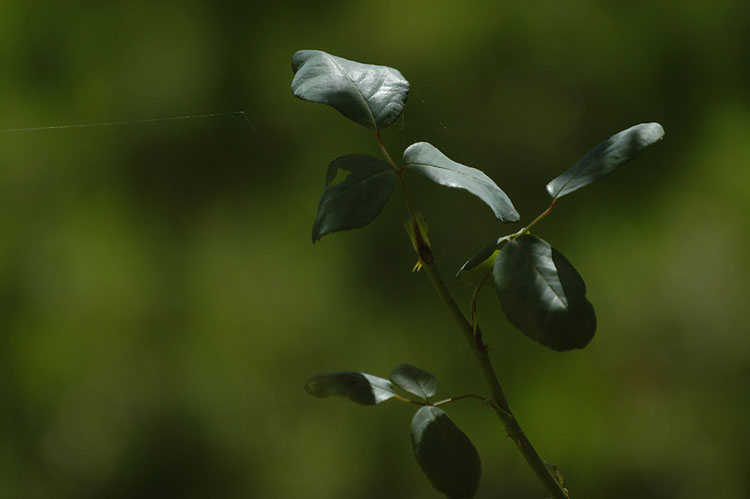 | | Model: NIKON D100 Exposure Time: 1/3200sec F Number: 2.8 Max Aperture Value: 3 Focal Length: 200mm Exposure Program: Aperture priority Exposure Bias Value: 0 Metering Mode: Spot White Balance: Auto white balance Flash: Flash did not fire Focal Length In 35mm Film: 300 Date Taken: 2004:10:23 13:41:51 Color Space: 65535 |
We can summarize and say that this lens is very sharp, and very quick to focus, and it is suitable for distant snapshots and portrait photography. Its colors are good and the bokeh is pleasant to the eye. If you know how to watch out for the sun or a very bright back light – it can do its job as required. One must take into account that this lens does not have a built-in image stabilizer, unlike Canon’s IS lens, or Nikon’s VR, and you have to be really skilled to hold it in your hand, especially when the lighting is not ideal. For fieldwork I would recommend a tripod. I did not try this lens with teleconverters, but based on the tests I performed without teleconverters, I can say that the outcome would be similar when using a teleconverter wisely. The bottom line is: Canon did a good optical job – and it is warmly recommended for those who can afford it. The Nikon users will have to settle for a lens with no AFS at a low price, or a lens with AFS and VR at a very high price. It is quite upsetting that Nikon discontinued its AFS version. |





